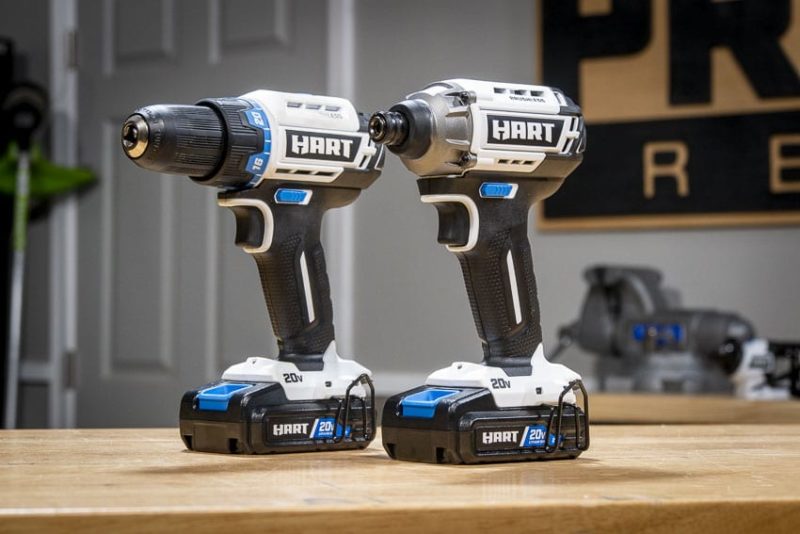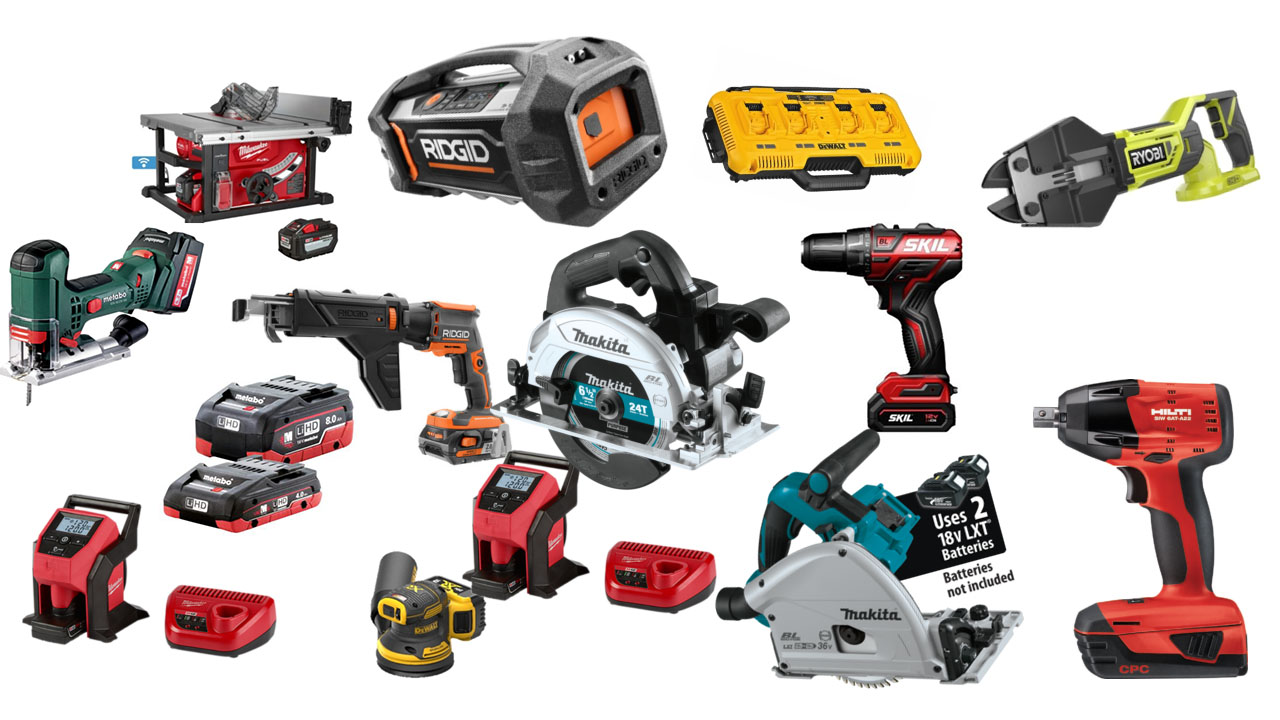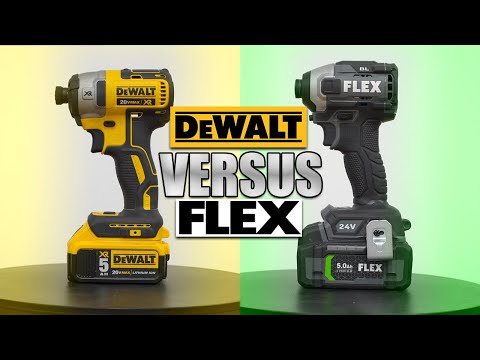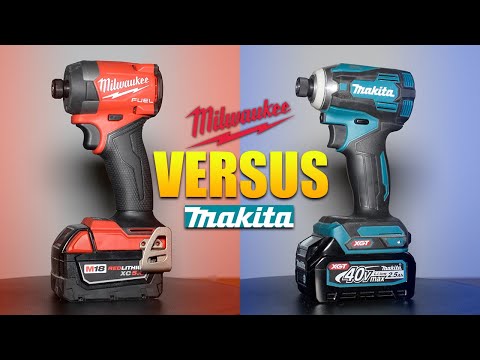If you're considering purchasing your first impact driver, you may have questions about its functionality and how it differs from a drill. ProTool Reviews provides a comprehensive overview of impact drivers in this video, explaining how they work and their unique features compared to drills.
Impact drivers and drills are useful tools but serve different purposes. While a drill can drive screws, an impact driver specializes in this task. Let's delve deeper into the specifics of impact drivers and their applications.
Impact Driver Overview
When using a drill to drive a screw, you typically secure the bit in the chuck and drive the screw by applying force. However, an impact driver simplifies this process. Instead of a chuck, an impact driver has a collet on the front, which accepts a quarter-inch hex shank bit. The collet securely holds the bit, allowing it to spin when the driver is activated.
The distinct sound you hear when using an impact driver is not the bit camming out but the impact mechanism at work. Inside the driver, there is a two-piece hammer and anvil mechanism. As the hammers strike the anvil, they force it to rotate, resulting in a high hammering or impact rate. This mechanism delivers more torque compared to a standard drill.
Speed and Power Control
Impact drivers usually feature variable speed triggers, allowing you to adjust the driving speed as needed. By feathering the trigger, you can achieve slower speeds for better control. Some impact drivers also offer multiple speed settings for added versatility. It's worth noting that with impact drivers, the relationship between speed and power differs from drills. Higher speeds deliver more power in impact drivers, making it crucial to pull the trigger entirely for maximum effectiveness.
Additional Features
Aside from the primary functions, impact drivers often include other features to enhance usability. Many models have an LED light that automatically illuminates the work area when the trigger is pulled. The positioning of the light may vary depending on the manufacturer. Additionally, impact drivers have a forward and reverse switch, usually accompanied by a direction indicator. This switch allows you to select the desired rotational direction for driving or removing fasteners. It also includes a middle setting to lock the trigger, preventing accidental activation.
Expanded Applications
While impact drivers excel at driving screws, they can handle more than standard fasteners. For instance, an impact driver's high torque output becomes invaluable when dealing with large screws like the 8-inch RSS (rugged structural screw) from GRK Fasteners. It provides the necessary power to drive such substantial fasteners efficiently. However, it's essential to remember that for longer, more demanding drives, you should allow the tool to rest intermittently to prevent overheating.
Drilling Capabilities
Contrary to popular belief, impact drivers can also be used for drilling, thanks to specialized drill bits with quarter-inch hex shanks. These drill bits are designed specifically for impact drivers and can be used effectively. However, it's worth noting that drills are generally more efficient and offer smoother operations for drilling tasks due to their lack of an impact mechanism. Therefore, while an impact driver can handle drilling to some extent, a drill is typically the superior choice for such applications.
Socket Adapters
Impact drivers can also work with hex head fasteners commonly found in HVAC systems. Socket adapters or nut setters with quarter-inch hex shanks allow the driver to accommodate different sizes of nuts and bolts. These adapters click on the driver and provide a secure connection for socket use. However, it's important to remember that an impact driver is not as powerful as an impact wrench. An impact wrench should be used for heavy-duty tasks like removing lug nuts.











